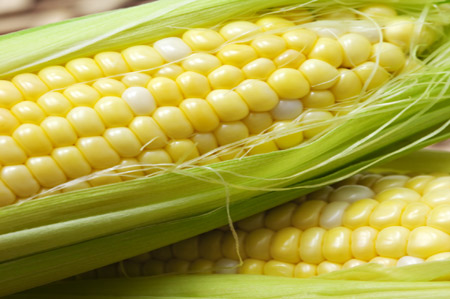 (Bloomberg) – Corn slumped to its lowest level in almost a week as a bird flu outbreak in China added to concern that demand for U.S. grain for poultry and livestock feeds may wane. Soybeans and wheat also declined.
(Bloomberg) – Corn slumped to its lowest level in almost a week as a bird flu outbreak in China added to concern that demand for U.S. grain for poultry and livestock feeds may wane. Soybeans and wheat also declined.
Two more people died of H7N9 virus in China, taking the nationwide death toll to 20, Xinhua News Agency reported yesterday, citing health authorities. In the U.S. the world’s largest corn producer, demand for the grain from domestic users and importers including China will drop 11 percent from a year earlier to 11.14 billion bushels this marketing year, U.S. Department of Agriculture data show.
“The rising death toll from avian flu is intensifying concerns that China’s corn and soybean imports may decline,”Hiroyuki Kikukawa, general manager for research at Nihon Unicom Inc. said by phone from Tokyo today. “Demand is declining as corn planting in the U.S. gets under way.”
Corn for delivery in July slumped 1.2 percent to $6.255 a bushel by 6:24 a.m. on the Chicago Board of Trade. Earlier the price touched $6.24, the cheapest since April 16. Futures trading volumes were 16 percent above the 100-day average for that time of day.
Soybeans for July delivery dropped 0.6 percent to $13.745 a bushel, heading for the biggest decline in a week. Wheat for delivery in July fell 0.9 percent to $7.05 a bushel on the CBOT. In Paris, milling wheat for November delivery dropped 0.7 percent to 213 euros ($278) a metric ton on NYSE Liffe.
Spring Wheat
In the largest U.S. producing states, 2 percent of the corn crop was planted as of April 14, behind an average of 7 percent in the previous five years, the USDA said April 15. Spring wheat crops were 6 percent planted, behind the 13 percent average. The USDA is scheduled to update its planting progress report today.
Areas of the Midwest along the Mississippi and Illinois rivers and tributaries were experiencing flooding today after storms brought excess rain to northern areas of the Midwest last week, according to the National Weather service. Parts of the Great Plains, where winter wheat plants are developing, experienced a cold snap last week, while spring wheat areas in the northern U.S. and Canada are still covered in snow, National Weather Service data show.




